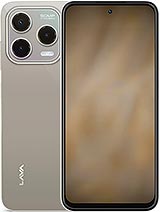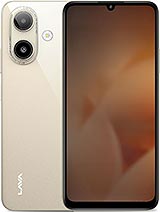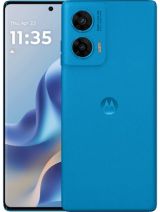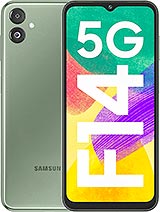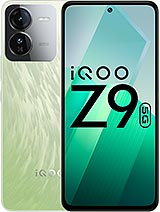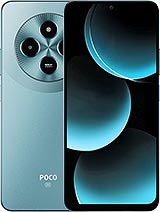Lava Yuva 2 alternatives
Tap above to see alternatives.
Poco M7 alternatives
Tap above to see alternatives.
Lava Yuva 2

Lava Yuva 2
-
Unisoc T760
6 nm
-
5000 mAh
18W
-
6.67"
720 x 1612 pixels
-
50 MP
1080p@30fps
-
Specs

1x2.2 GHz Cortex-A76
3x Cortex-A76
4x Cortex-A55
2x2.2 GHz Cortex-A78
6x1.95 GHz Cortex-A55
8GB 128GB (UFS 2.2)
wide, f/1.8, AF
2 MP
macro
f/1.8, (wide), 1/2.96", PDAF
f/2.0, (wide)
SIM1: Nano, SIM2: Nano
SIM1: Nano, SIM2: Nano
FDD: N1, N3, N5, N8, N28
TDD: N40, N41, N77, N78
FDD: N1, N2, N3, N5, N7, N8, N20, N26, N28
TDD: N38, N40, N41, N48, N66, N77, N78
FDD: N1, N3, N5, N8, N28
TDD: N40, N41, N77, N78
FDD: N1, N2, N3, N5, N7, N8, N20, N26, N28
TDD: N38, N40, N41, N48, N66, N77, N78
In this performance comparison, the Poco M7 with its Qualcomm Snapdragon 4 Gen 2 (4nm) performs better than the Lava Yuva 2 with the Unisoc Unisoc T760 (6nm), thanks to superior chipset efficiency.
Poco M7 offers 2 years of OS updates, whereas Lava Yuva 2 provides 1 years. For security updates, Poco M7 offers 4 years of support compared to Lava Yuva 2's 2 years.
Both Lava Yuva 2 and Poco M7 use LCD screens. In terms of smoothness, Poco M7 offers a higher 120 Hz refresh rate, ensuring fluid scrolling and animations. Lava Yuva 2 also boasts a brighter screen with 700 nits of peak brightness, enhancing outdoor visibility. Both phones have the same screen resolution.
Poco M7 features a larger 5160 mAh battery, potentially delivering better battery life. Both devices support the same wired charging speed of 18W.
Poco M7 includes an IP52 rating, while Lava Yuva 2 lacks an official IP rating.
- Lava Yuva 2 – Check price here
- Poco M7 – Check price here
¹ Scores can vary even with the same chipset due to RAM, thermals, and software optimization.

